Last October, during the question and answer portion of President David Van Zandt’s university town hall meeting at Wollman Hall, Parsons professor Tony Whitfield asked a question regarding the administration’s efforts to promote academic and institutional diversity at The New School.
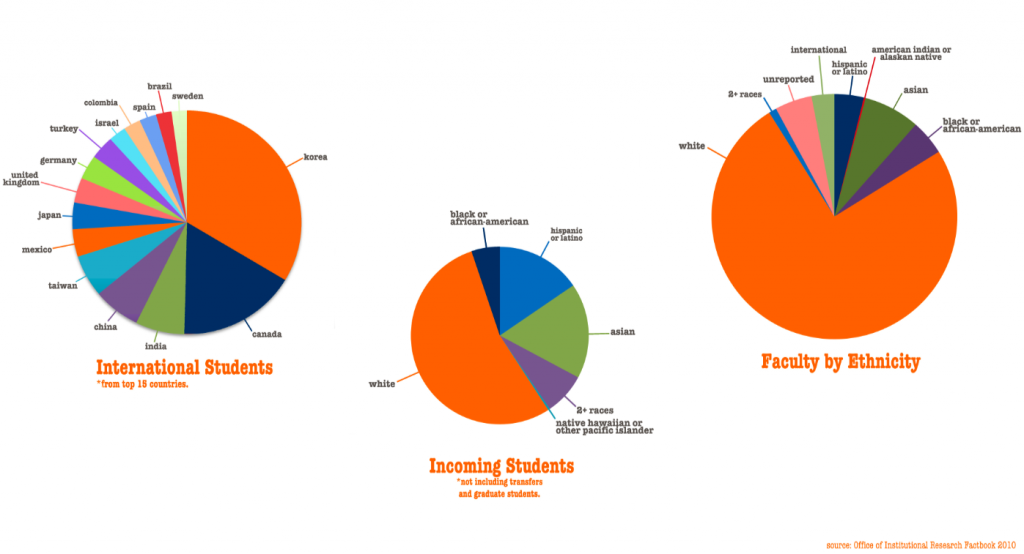 Whitfield, who has been at the The New School for almost 20 years and is the associate dean of civic engagement at Parsons, described watching “the explicit discussion of diversity as a goal disappear” over the course of his time at the institution. “Look around this room,” Whitfield said to Van Zandt and Provost Tim Marshall, who was also in attendance. “If diversity is not seen here, it is not seen in the curriculum.”
Whitfield, who has been at the The New School for almost 20 years and is the associate dean of civic engagement at Parsons, described watching “the explicit discussion of diversity as a goal disappear” over the course of his time at the institution. “Look around this room,” Whitfield said to Van Zandt and Provost Tim Marshall, who was also in attendance. “If diversity is not seen here, it is not seen in the curriculum.”
Whitfield’s remark sparked a succession of like-minded comments at the town hall, and reignited the debate concerning an issue that, for years, has been a subject of scrutiny not only at The New School, but around much of higher education: diversity, and the extent to which it is found in a student body, faculty and the curriculum.
It is difficult to find a common definition of diversity. In the decades since the desegregation of American educational institutions, there is still an aggressive debate being held nationwide on what it means to be diverse, as well as the very value of diversity itself. Among the nation’s universities, liberal arts institutions are most known for their active pursuit of a diverse community — and among liberal arts institutions, The New School has been one of the most adept at reaching the top of the rankings for diversity, according to websites and publications such as College Prowler and the Princeton Review.
The New School certainly has the statistics to reinforce its image as a diverse institution, located in the heart of one of the most diverse cities in the country. According to the the university’s website, 38.5 percent of its students identify themselves as multiracial, while international students comprise 25 percent of The New School’s student body — the largest percentage of international students at any university in the country, according to U.S. News & World Report.
But in conversations with New School students, faculty and staff, the concern is not that the university doesn’t appreciate the value of diversity on a basic level, but rather how it defines diversity — whether or not there is segregation in The New School’s definition, and how that diversity reflects the progressive philosophy that the university so vehemently claims to uphold.
*****
Since the 1970s, diversity has served as a major topic of discussion at college campuses — particularly at liberal arts colleges, where the ability to have a diverse population fits well with the moral and educational philosophy of progressive institutions. According to Parsons fine arts professor Coco Fusco, who has spoken on the topic of diversity at The New School in the past, the discourse is a natural progression from past dialogue regarding desegregation, which began in the 1950s and continued throughout the civil rights movement.
“The question in the 1950s was about desegregating the American public education system,” Fusco told the Free Press. “After that came a period of reflection on what it means to try to transform the content of American education, to make it more in tune to the ethnic, racial and class diversity in this country.”
Fusco argued that diversity based on large numbers of international students — who constitute a quarter of The New School’s student body — is fundamentally different from a diversity that seeks to address the historic imbalances that define race and class relations in both New York City and the United States at large.
“It’s global chic to say that ‘I have a friend from India, and a friend from here and another one from there,’” Fusco said. “The problem of entrenched exclusion is not solved by that kind of globetrotter elite — it is a matter of whether can we engage as an institution with the social reality of New York City.”
Many members of the community share Fusco’s concerns. But other students and professors hold that international students are a critically important source of different perspectives at the university. With many courses that deal directly with current global events, through the lens of the humanities, having international professors and students is appreciated by many at The New School.
“In my ‘Middle East: States, People and Power’ class last semester, [there were] Italian students, Middle Eastern, Egyptian, Hispanics like myself,” said Lang junior Alina Ramirez. “It was so much more enriching for the discussion.”
Diversity has always been a self-proclaimed goal of The New School. But when it comes to pursuing that goal, it has often been the source of loudly-voiced contention between the student body and the university. In the recent past, calling on their school’s activist history, some students and faculty have been willing to make public their opinions on the administration’s policies concerning diversity.
In 1997, Dr. M. Jacqui Alexander was a popular professor at Lang College, where she taught gender studies. Alexander, an African-American woman as well as a lesbian, was denied tenure, and consequently became a source of inspiration for a student and faculty movement called the “Mobilization for Real Diversity, Democracy, and Economic Justice.” The movement would represent the most definitive example of the New School community taking direct action to promote the cause and advocacy of diversity at the university.
Alexander was known for her efforts to set up a feminist framework within the Lang curriculum, as well as a critic of the lack of ethnic diversity within The New School’s faculty. The movement that followed the denial of her tenure culminated in a hunger strike at Lang, which lasted 19 days and involved students taking the “provost and vice president hostage in [an] administrative building for five hours,” according to a 1997 Chronicles of Higher Education article on the Mobilization. The protesters, some of whom were hospitalized due to malnutrition, were made up of students from many ethnic backgrounds as well as the LGBTQI community.
The Alexander saga proved a particularly dramatic chapter of outreach regarding diversity at The New School. At the moment, however, there are several student organizations meant to provide outreach to minorities within the university community. Clubs such as Nuev@ Latin@ and Students Of The African Diaspora (SOAD) meet regularly to discuss the issues of being a member of a minority group, as well as to provide a sense of unity and support for those who might feel alone in classrooms.
Ciara Morales, co-founder of Nuev@ Latin@, discussed the difficulty of being the sole representative of a minority group in a classroom.
“Being the only Latina in class, people look to me and expect me to answer questions for people that I don’t necessarily relate to on the socio-economic level,” Morales said.
Khonsu Spratt, a Lang student and member of SOAD, said he felt that though diversity may be valued highly at liberal arts schools, there is often little talk of what it actually means and how it should be cultivated. For Spratt, the purpose of clubs such as SOAD is to provide a space “to talk about things that need to be talked about in terms of race, not avoided or talked around.”
Spratt also mentioned how he had witnessed nonchalant attitudes toward race and gender at the student occupation of 90 Fifth Ave. last November. At the time, many students criticized the occupation for not focusing on the discussion of issues relating to social and economic diversity; at several general assemblies, students complained of an exclusive atmosphere and attitude that related to “white privilege.”
“I’ve witnessed it and had it said to me, firsthand at the occupation,” Spratt said. “It’s important to allow people to organize things around what matters to them.”
*****
In November 2010, The New School’s University Student Senate leaked an administrative report that was never intended for public release. Entitled “Desegregating Diversity: From Myth To Mandate,” the report was commissioned in July 2009 by the office of Provost Tim Marshall. In a letter accompanying the report, the USS stated that their decision to leak the document was motivated by a desire to “expand the current campus dialogue about social justice at The New School, particularly how we as a community address issues of race, ethnicity, class, gender, and other forms of social identity.”
According to the report, Marshall proposed that a university working group be formed to “conduct an environmental scan of the programs, services, and support structures at The New School that currently serve the needs of students of color and LGBTQ students.” The working group was tasked with providing recommendations to how existing structures at the university could be “modified and strengthened to more effectively support these students.”
Among the “institutional barriers” at The New School that were listed in the report’s findings included “very limited resources dedicated to planning, coordination, evaluation and oversight of current ‘diversity’ efforts”; a “lack of tenured and tenure-track faculty of color”; and “the absence of senior leadership of color throughout the university.” The report also included interviews and accounts from New School students and faculty members, including Fusco and Parsons professor Bill Gaskins.
“This culture of American higher education, its founders did not anticipate a non-male or non-white presence among its faculty or students,” Gaskins said in the report. “The 21st century demographics of The New School, and schools like it, in my mind reflect the fact that there are people who have 19th and 20th century ideas about who is qualified to give and receive a college education in America.”
In their recommendations to the provost, the working group advised that the university should “hire and charge a senior academic officer within the provost’s office to coordinate and oversee efforts for social and intellectual equity within The New School.” A similar position is currently filled within the provost’s office by Jesse Villalobos, associate director of social justice initiatives, who was appointed not long after the report’s leak.
Villalobos did not respond to Free Press inquiries to be interviewed for this article.
The 2010 report also recommended that The New School “begin to close the gap of underrepresentation of both undergraduate and graduate students of color,” by means of establishing grants and scholarships targeting “URM” students, or underrepresented minorities. Similarly, it recommended that the university “increase representation of people of color in senior academic and administrative positions.”
At the time of the report’s leak, Marshall told the Free Press that “much of the work it recommended is beginning to move forward.” Fifteen months later, many of the report’s detailed suggestions remain unfulfilled at The New School — at least as far as the administration is concerned. One group of students, however, is indirectly acting upon the “Desegregating Diversity” working group’s idea of “[developing] antiracism workshops and training opportunities for students, staff, and faculty” at the university.
The workshop, “Undoing Racism,” is organized by The People’s Institute for Survival and Beyond, an organization committed to fighting racism in order to build “an effective movement for social transformation,” according to its website. Since November, a small group of students have attempted to bring the two and a half day-long workshop to The New School in an effort to bring greater awareness to the issue of social justice at the university.
On December 2, the students held a meeting at 72 Fifth Ave., attended by roughly 50 people, including university faculty and staff, in order to promote the workshop. The meeting was also attended by President Van Zandt and Provost Marshall, who both listened to arguments as to why “Undoing Racism” should be brought to The New School.
“The workshop is a way to get people to understand the systematization and prevalence of racism and privilege in society,” said Milano student Joe Pressley, one of the conversation’s facilitators. “We don’t want this to be a one-time-only deal, we want it to work and be something sustainable [at The New School].”
Sydney Kopp-Richardson, another Milano student who has been active in promoting the workshop at The New School, told the Free Press of her concerns about a lack of general awareness, within the university community, of diversity as a problem that requires active solutions.
“I think The New School needs to bring a discussion about racism into the student experience, and we need to stop pretending that The New School is exempt from these insidious power structures,” Kopp-Richardson said.
USS senator and Milano student Mimi Clitus has worked with Pressley, Kopp-Richardson and other students to bring “Undoing Racism” to The New School. Clitus said that she appreciated the administration’s interest in helping facilitate discussions regarding diversity and social justice at the university, though it is uncertain whether the workshop will be held at The New School this semester as students had hoped.
“Diversity to me is not something that you can just work on; it’s a lived experience,” Clitus said. “We are all here [at The New School] because of something we had in mind about this place. I just think that it is time to get deeper than what we have been doing.”
With reporting by Jack Brooks,
Martina Gordon & Rey Mashayekhi

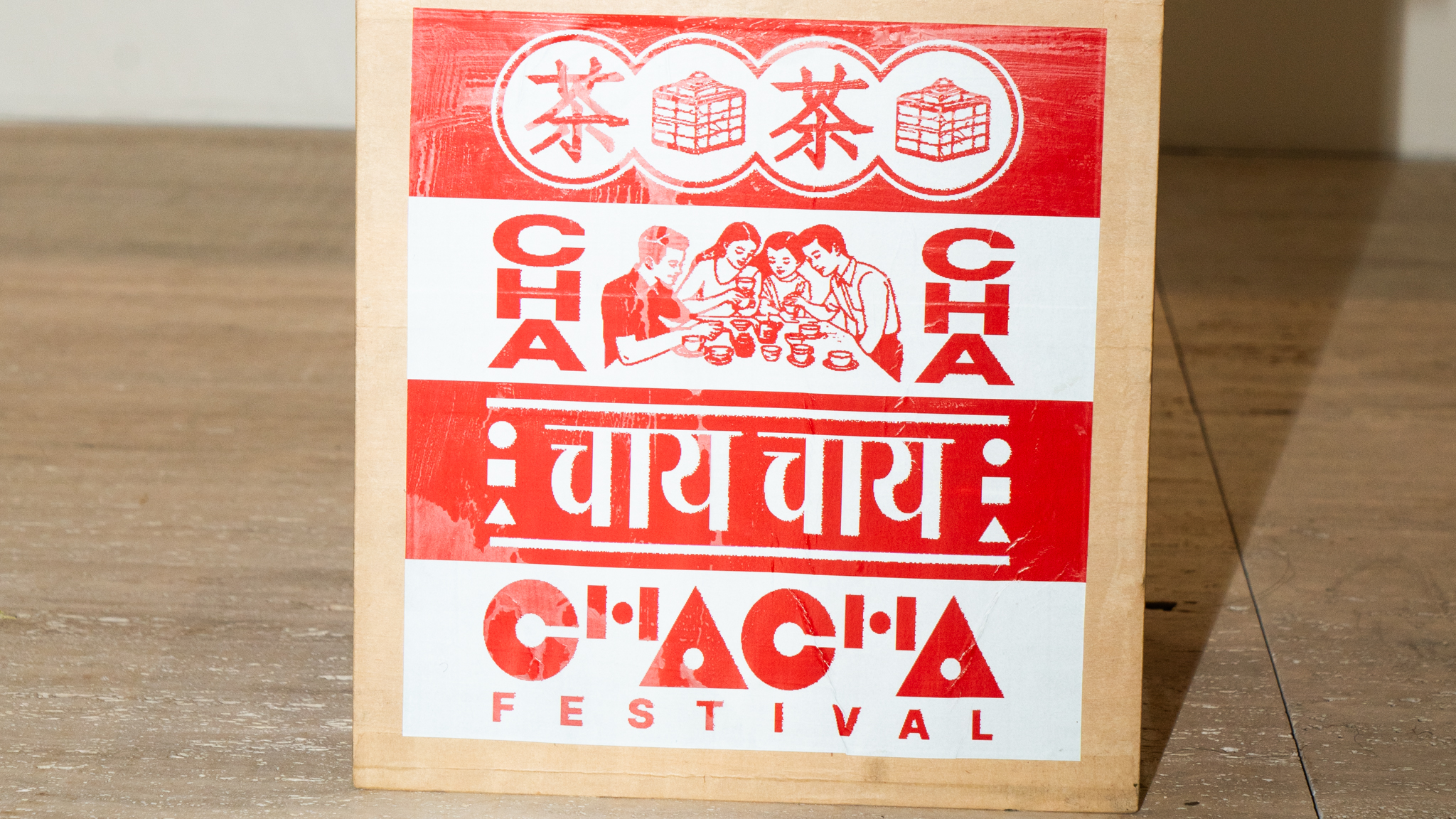
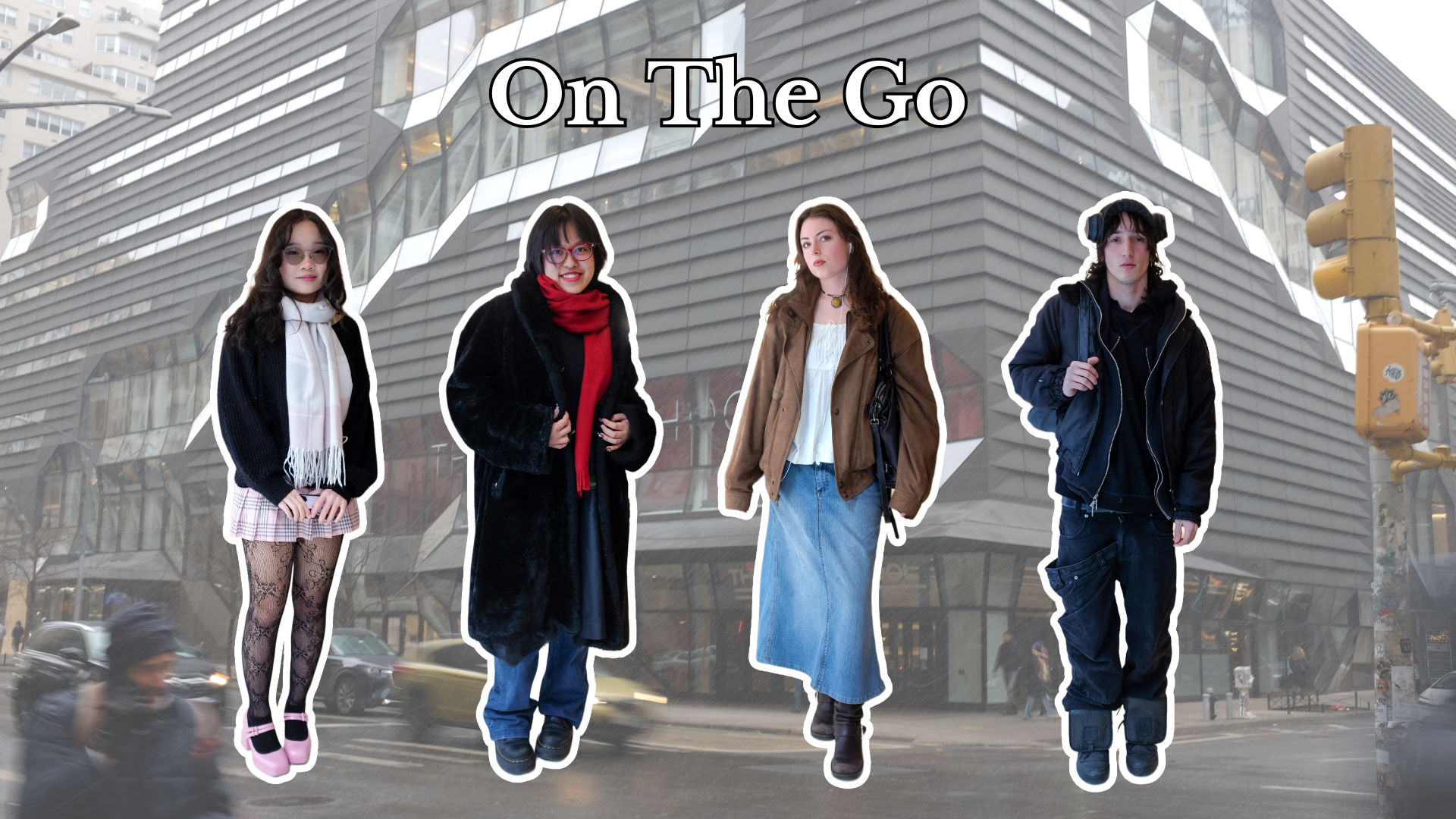
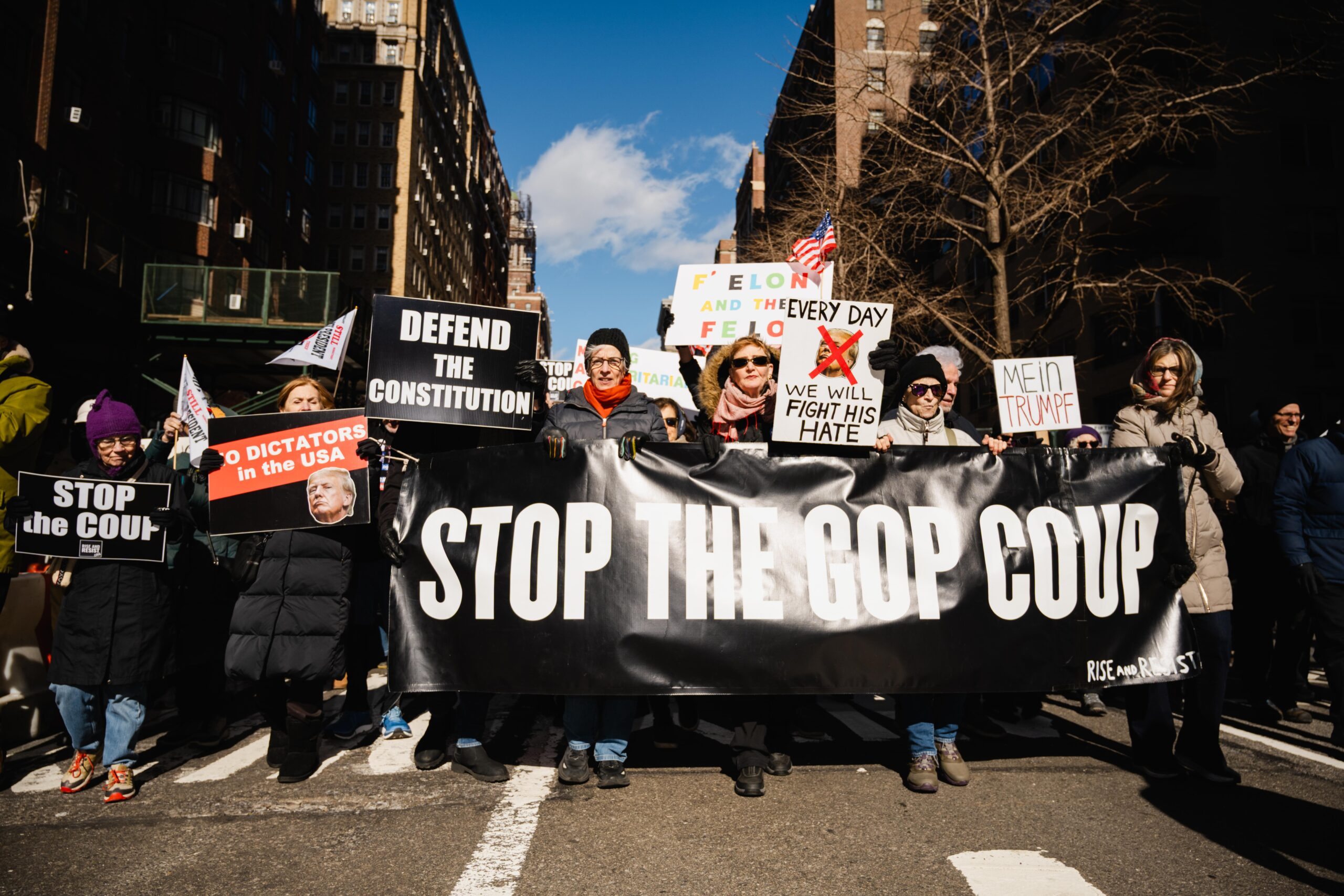
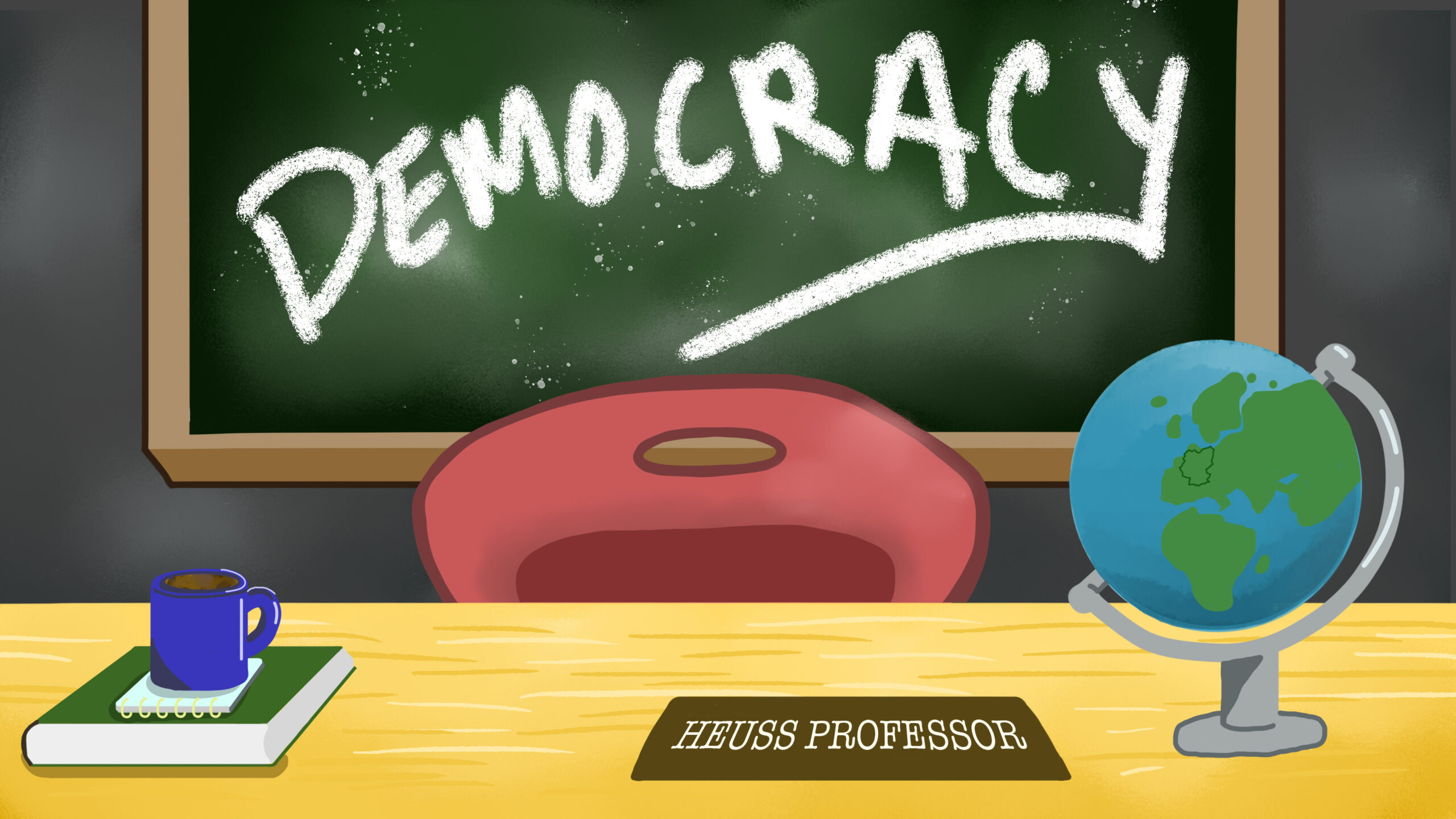
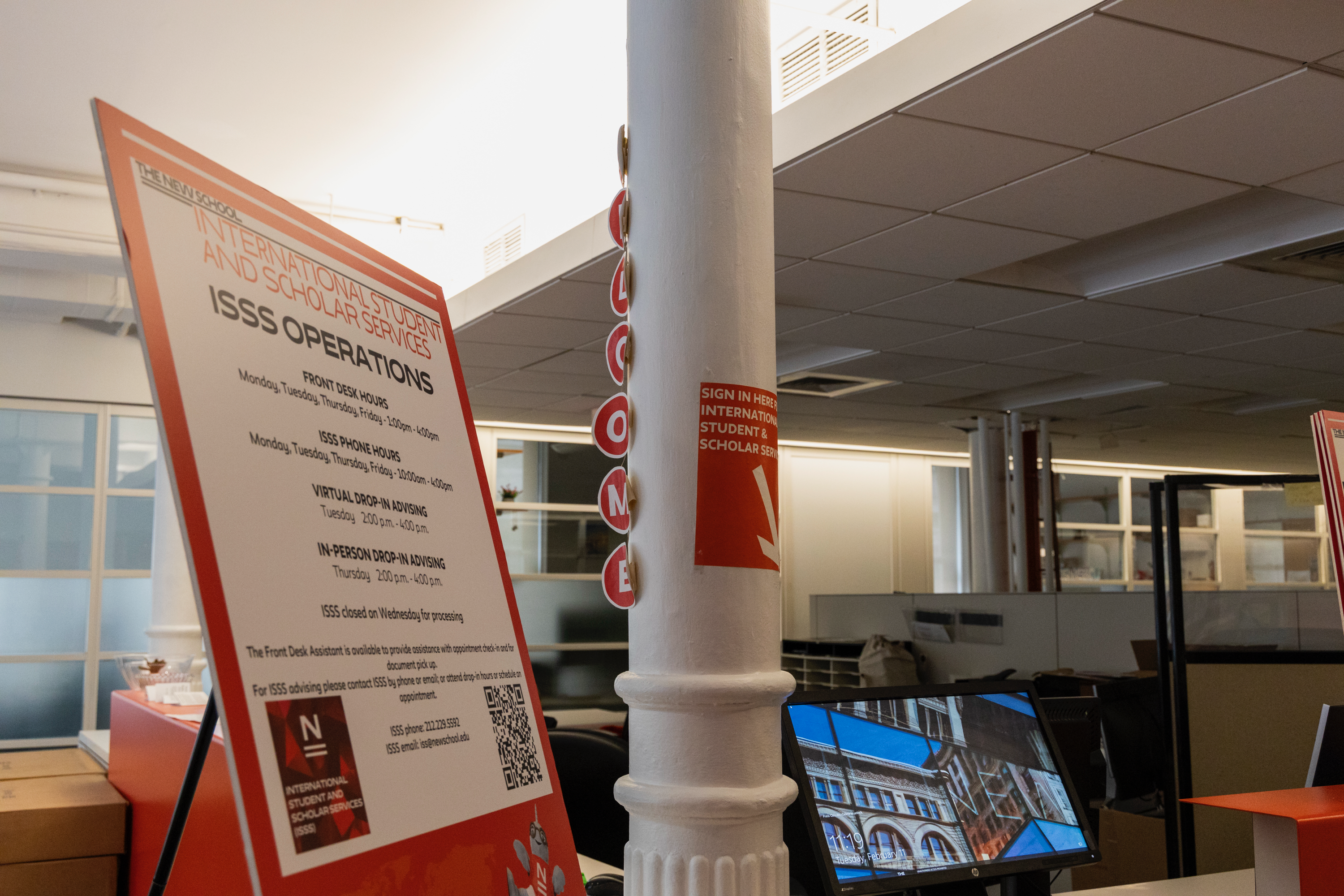
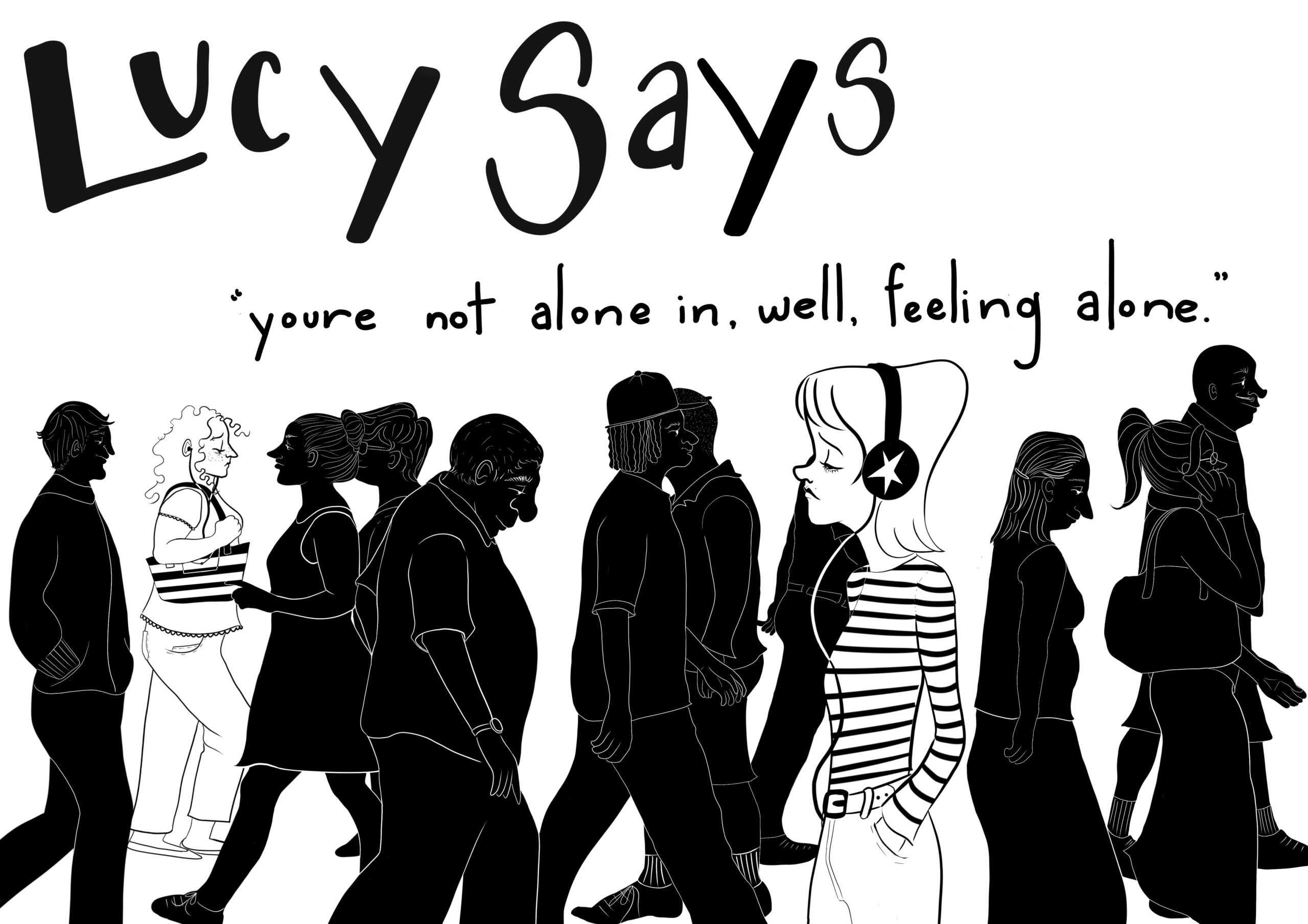
Leave a Reply